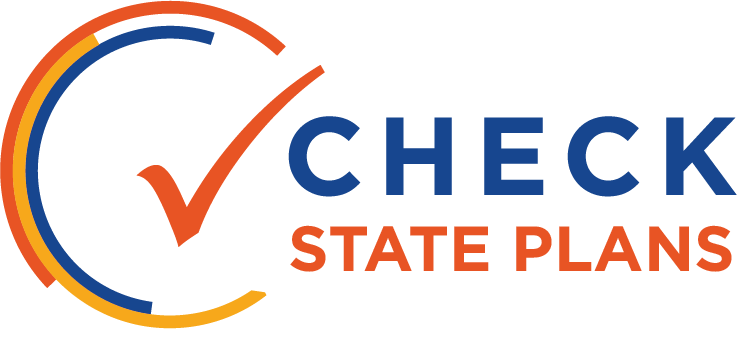
SUPPORTING SCHOOLS

Hawaii articulates a fairly generic, three-tiered system of supports for schools in need of improvement.
Struggling schools will receive support from the state and the regional complex. Hawaii is proposing to designate full-time federal program support staff to focus on coordinating the school improvement efforts supported by Title I and school improvement funds for schools identified for support and improvement. This could go a long way in ensuring that support initiatives are implemented and resources are used wisely.
Hawaii separates its level of supports into three tiers: program supports, comprehensive and targeted supports, and rigorous interventions. These levels of supports should help to focus interventions and resources to the particular needs of schools. In addition, the plan articulates what the school, complex, and state should be doing at each tier.
The structures Hawaii details to support schools seem orderly and comprehensive, but the state could further explain some of its interventions.
For example, for schools in the third tier in need of rigorous intervention, the state will create an “Equity Support Team” that will visit and “assess each school’s needs to determine the supports needed, and address systemic issues that inhibit the implementation of school improvement plans.” From there, the Equity Support Team will provide more intensive supports to these schools. Hawaii should articulate what some of these supports could be. Moreover, the state could provide historical data to explain if turnaround strategies have proven to be effective in low-performing schools.
The state also does not provide details on how it plans to use the 7 percent of federal funds intended for school improvement activities, including whether it will award those funds by formula or through a competitive process. Additionally, the state should indicate if and how it intends to provide direct student services using the optional 3 percent set-aside, which provides an additional opportunity for the state to align school improvement activities with its statewide goals.
 Overview
Overview



